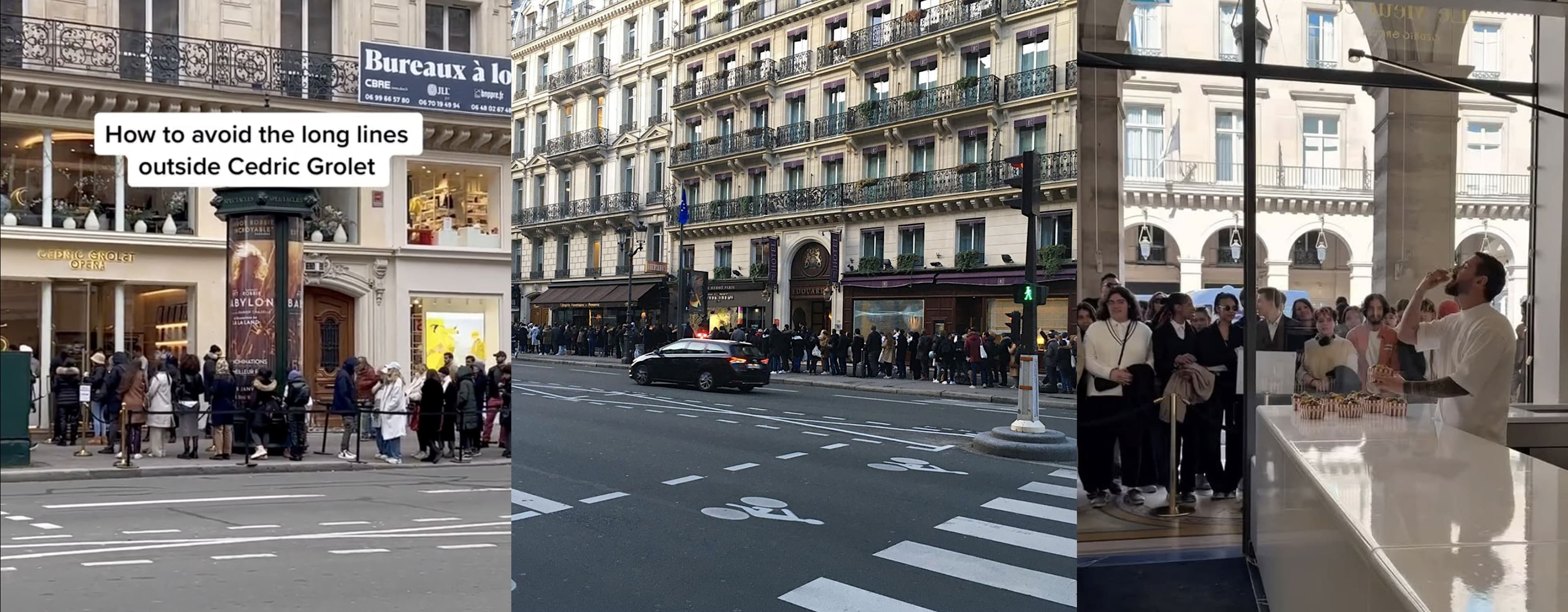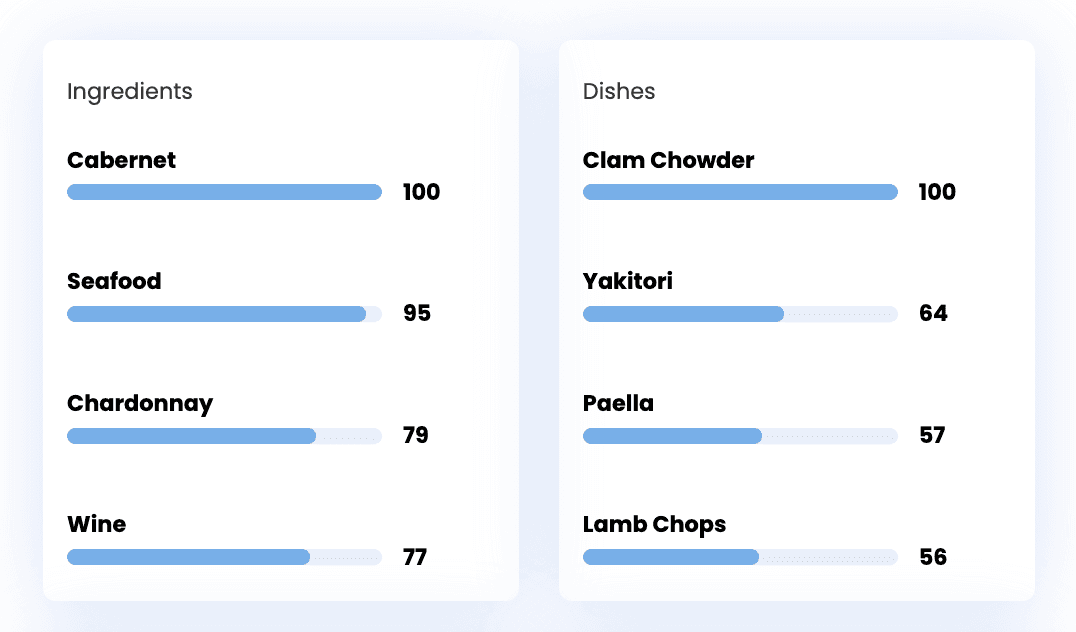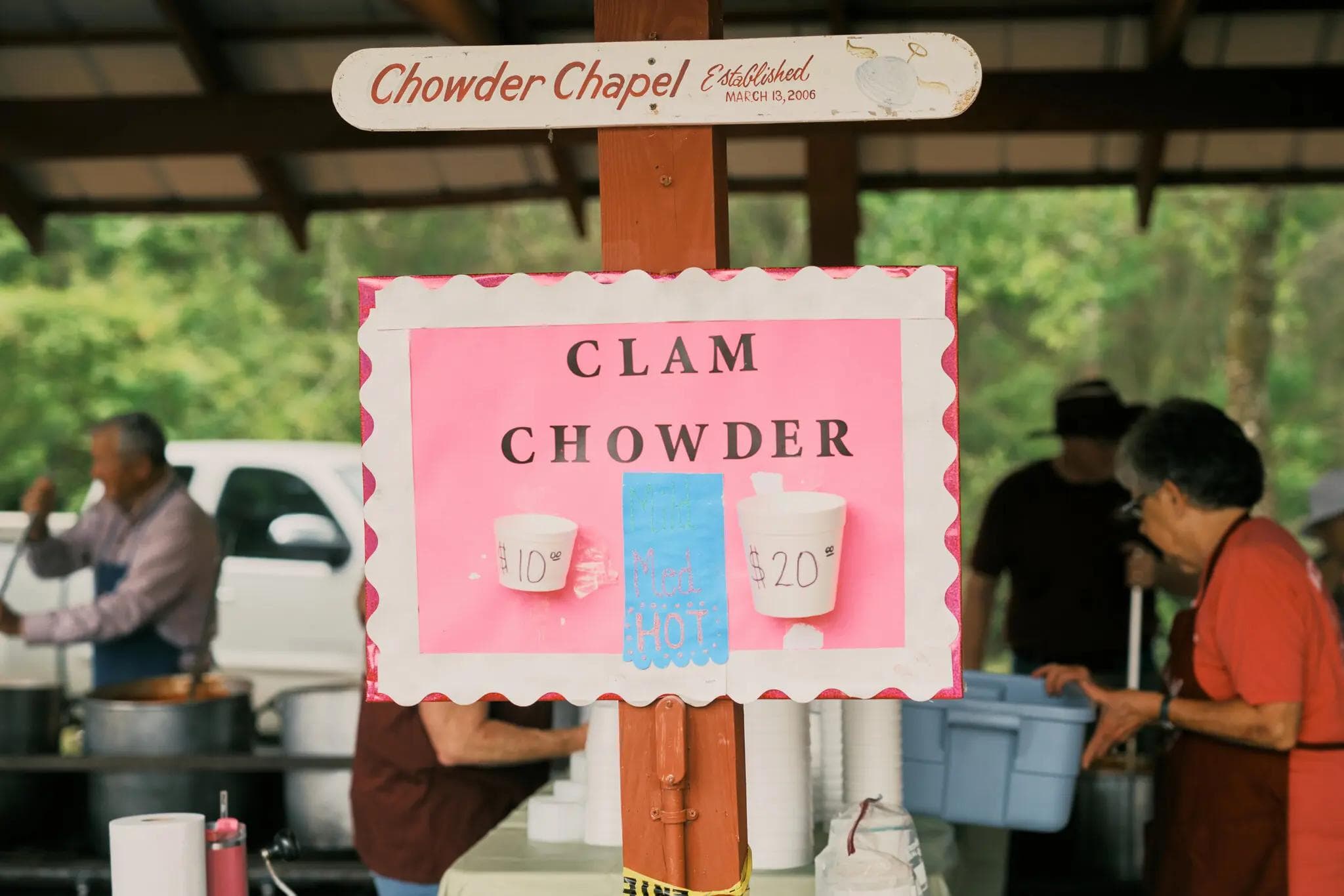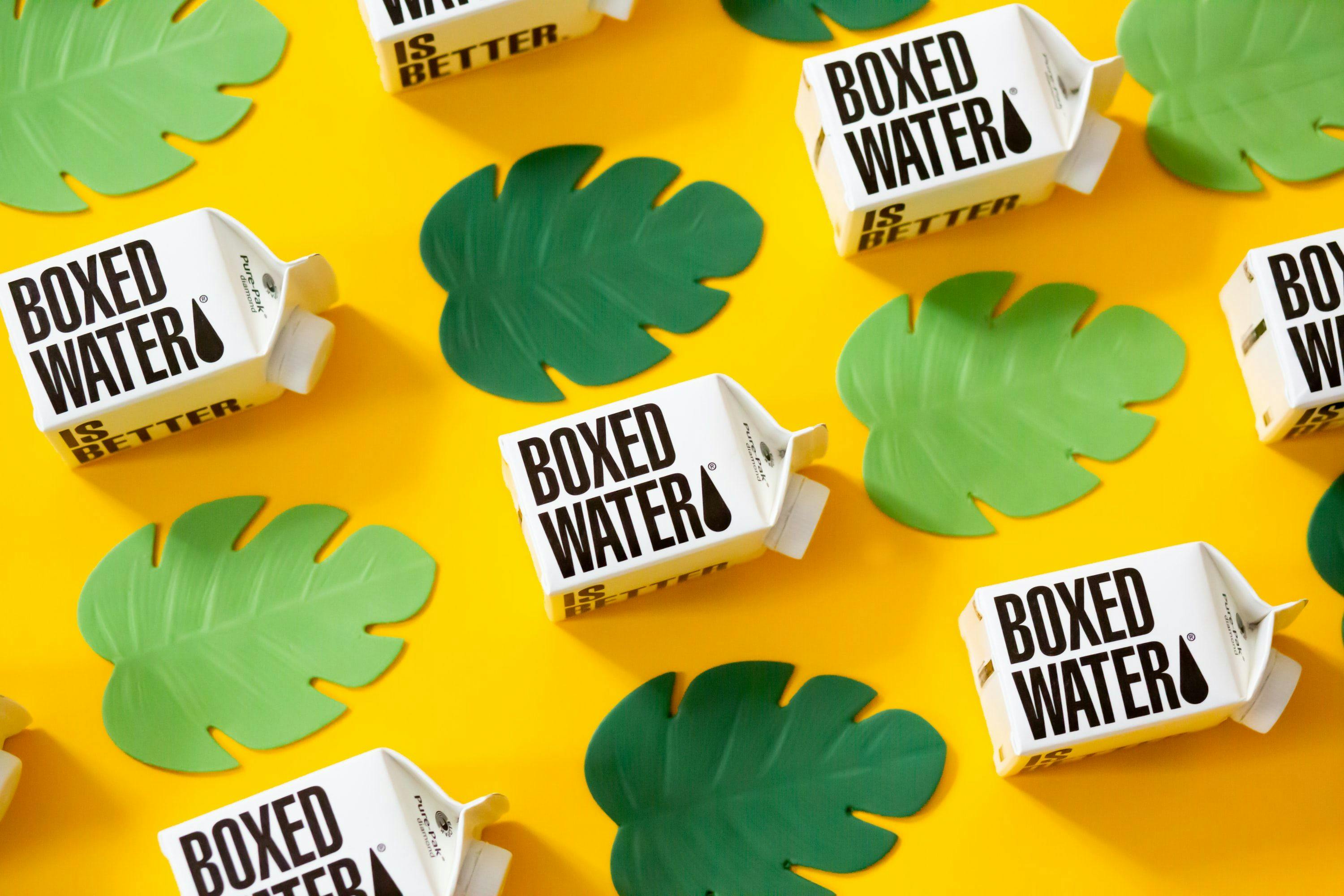Pilgrims of Taste Eat Their Way Through the World
TRAVEL
Sourdough bread is the new sightseeing, as dining has become travel’s most lasting memory. Meals are now acts of cultural devotion, not indulgence, as travellers seek hyperlocal, seasonal experiences that offer a deeper connection to place, people, and history.

In the not-so-distant past, food was the reward after a day of sightseeing, a pleasant footnote to a full itinerary of museums, monuments, and markets. Today, that order has flipped, and food has become the destination. The global rise of culinary travel and gastrotourism is transforming how we explore, shifting focus from the visual to the visceral, from landmarks to local loaves.
Cultural Artefacts You Can Eat
As globalisation erodes the distinctiveness of many destinations, travellers are responding with appetite. These travellers want to feel like they’re tasting the place, and seek out dishes, ingredients, and producers that reflect a region’s true essence. In an era of algorithm-driven recommendations and homogenised Instagram feeds and TikTok videos on the same supposedly "must-see" things in every city, flavour has become the truest form of discovery: deeply sensory, impossible to replicate, and anchored in tradition.

Top concepts, tags and hashtags from the "Pilgrims of Taste" trend on the Nextatlas platform (screenshot taken in June 2025)
This shift is embodied in the rise of who we are calling the pilgrims of taste — travellers who centre their entire journeys around food. These are the people queueing before sunrise for a Basque cheesecake in San Sebastián, cycling through Copenhagen for a single cardamom bun, or descending into rural Japanese miso cellars in search of fermentation wisdom sealed in barrels. As The Guardian recently reported, the recent bakery tourism boom reflects more than trendiness; it marks a new reverence for flavour as an essential and authentic cultural artefact.

Images of the lines outside of famous pastry chef Credric Grolet's café, where people travel specifically to his Paris location just to see him make his creations and to try some for themselves (credits: tiktok.com/@thelittlebasketco / foodandsens.com / instagram.com/cedricgrolet)
Where Taste Leads, Travellers Follow
Rather than collecting souvenirs, these modern pilgrims collect sensory memories: the crackle of crust, the smell of yeast, the stories told over shared bites. The Week describes this as a travel movement where baked goods are now "destinations in themselves" — items pursued not as indulgences but as cultural anchors. Instagram posts celebrating 100km round-trips for cardamom buns aren't exaggerations; they are declarations of intent.

Who are these modern taste pilgrims? The top demographic driving this trend is Gen Z women (screenshot taken from the Nextatlas platform in June 2025)
Food tourism is no longer about indulgence. It is about communion with people, place, and process. Travellers are rejecting surface-level sightseeing in favour of deeper, hyperlocal experiences: seasonal menus, ancestral techniques, and intimate producer encounters. In this context, dining becomes an act of discernment, storytelling, and even devotion.
Among our early adopter conversations, it's no surprise that the top ingredients are mostly wine-related, when wine tastings are an evermore popular way to experience local produce with locals of the area while supporting a local agricultural business. In fact, a recent report from Future Market Insights showed that global wine tourism to see growth of 13% by 2034 and is expected to reach US$ 332.52 million over the next decade.

The top ingredients and dishes associated with this trend from our analysis of early adopter conversations and other digital sources (screenshot taken from the Nextatlas platform in June 2025)
The top dish among the early adopters online who are driving this trend was clam chowder. As profiled in The New York Times in April, chef Mary Ellen Masters' spicy Minorcan reinterpretation of clam chowder, served only once a year at the St. Ambrose Spring Fair in Florida, captures the essence of this movement. Her version transforms a humble coastal classic into a dish that is both deeply local and culturally resonant to her family's immigrant background. Masters isn’t running a flagship restaurant; she’s simply a small, hyperlocal food provider serving from a single stall at a neighbourhood festival. And yet, people come just for her chowder. This is the pilgrims of taste trend in its purest form: flavour as a cultural artefact, accessed through fleeting, specific experiences that can’t be replicated or scaled. We can understand the popularity of clam chowder through this lens: a dish specific to a very particular region of the United States, but through which you can learn some of its history of immigration

Mary Ellen Masters in the right foreground of the photo at her family's clam chowder stall (credits: The New York Times)
The New Geography of Eating At Scale
This growing devotion to place-based flavour is also being institutionalised at a bigger scale. Europe’s Geographical Indication (GI) scheme, which protects traditional foods like Champagne, Mortadella, and Turrón de Jijona, has become a powerful tourism driver, drawing over 32.5 million tourists annually to food production regions, according to an industry report in May. This surge in interest has fuelled the growth of local infrastructure, from food museums to regional tasting trails, further validating the idea that food, when rooted in time and terroir, is one of the most compelling reasons to travel.
In another example launched this year, the Good Food Ireland® Experiences is the first Irish food & drink experiences platform, offering over 60 curated, food-driven journeys that prioritise authenticity, locality, and cultural depth. From artisan bread-making to coastal foraging trips and cider orchard tours, these experiences are designed as the main reason to travel, with accommodation options also provided. By connecting directly with producers and traditions, the platform fosters hands-on, hyper-local engagement rooted in sustainability and storytelling.
These examples highlight how a trend focused on locality and authenticity is being utilised on a bigger scale by actors within the food and tourism industries, demonstrating how big brands are able to tap into this movement in novel ways that still connect to the small centre of this movement.

With the boom in matcha came the boom in tourism to a town outside Kyoto called Uji, the capital of matcha. You can now visit the Historical Park of Green Tea and Uji Town (Chazuna), with a museum to explain the ancient and ceremonial history of the green tea (credits: kyototourism.org)
Flavour Is the Last Frontier
We are witnessing the rise of a slower, more intentional model of travel — one rooted not in what can be seen, but in what can be tasted, felt, and remembered. In the age of sameness, food remains gloriously analogue: unpredictable, unfiltered, and steeped in story.
So the next time you plan a trip, ask not what you want to see, but what you want to taste. You may find that the shortest route to understanding a place is through the food on your plate.
Trend lines, data, and information described in this article emerge from the ongoing analysis performed by Nextatlas on its global observation pool made of innovators, early adopters, industry insiders expressing their views on Twitter, Instagram, and Reddit.
To learn more about our AI, discover Nextatlas Methodology here
Related articles:
Italy
Torino - Via Stampatori 4, 10122(Operational headquarter)+39 011/0864065VAT number and registration number at the Registro delle Imprese di Cagliari: 03428550929 paid share capital € 167.740,00 — © 2024 iCoolhunt SpA.




